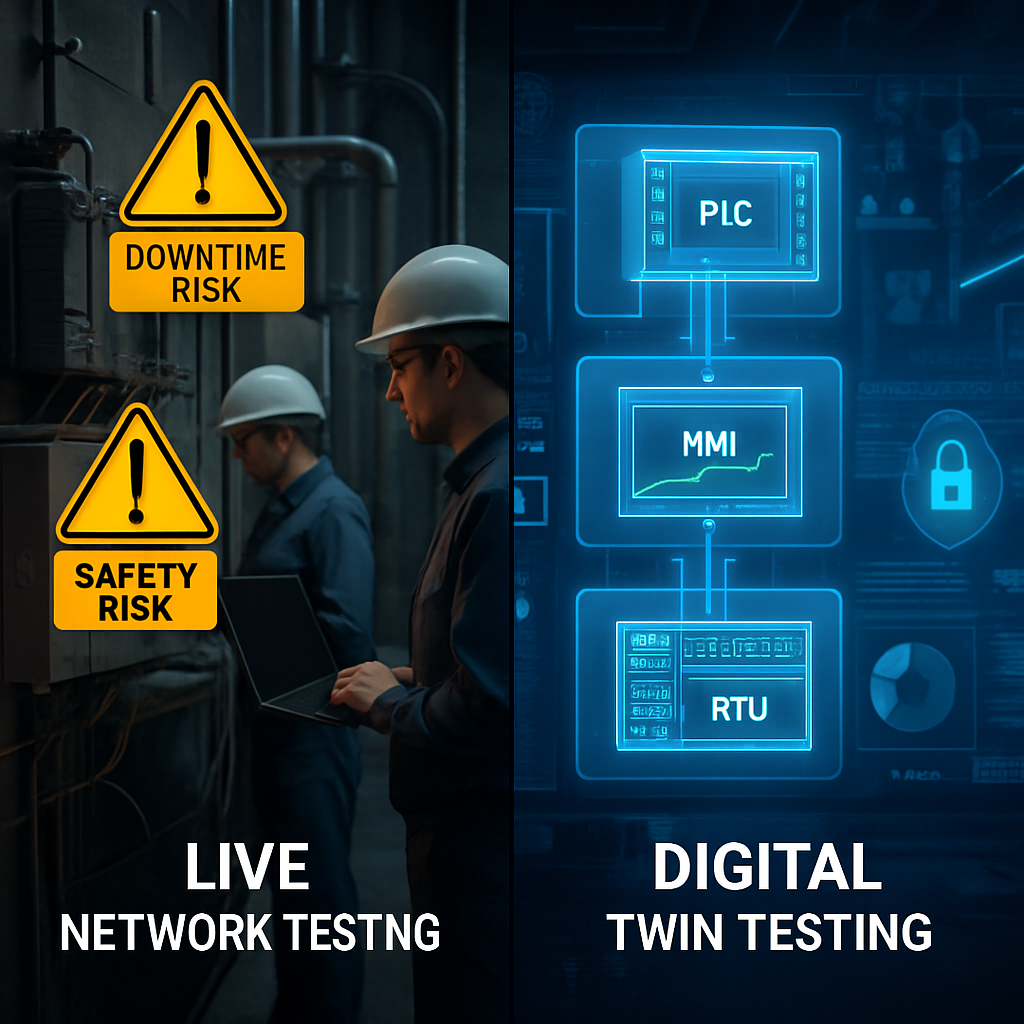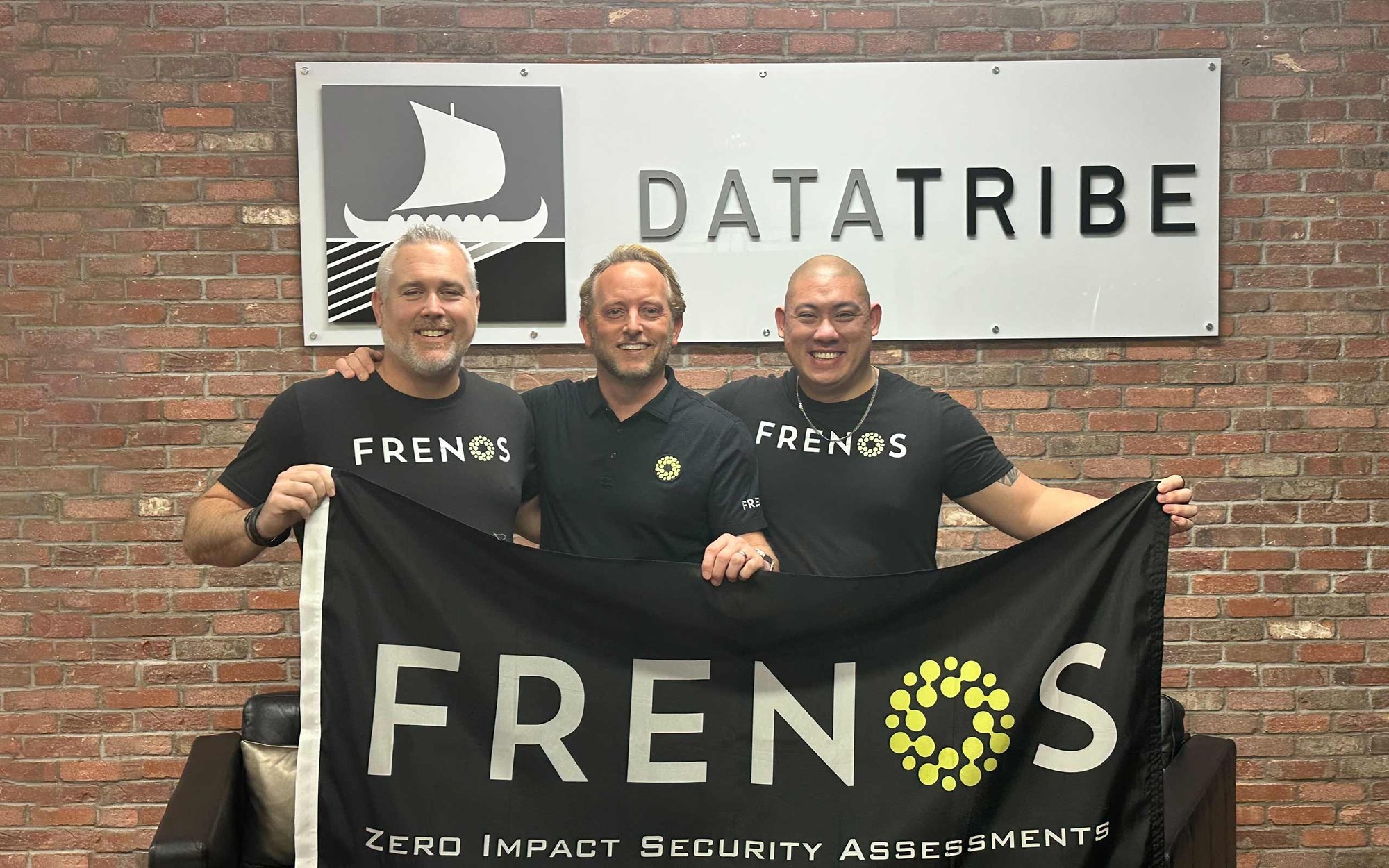For years, utilities have invested heavily in OT security, asset discovery, and network monitoring. These capabilities are essential, but they are not enough. Today’s adversaries, like Volt Typhoon, have already breached trusted networks across the energy sector. The real question is no longer “Can we see them?” but “Could we stop them?”
Visibility Isn’t Defense
Traditional SCADA security programs focus on identifying every asset, firmware version, and communication path. That is valuable, but it is also static. When adversaries are already operating within supply chains or remote substations, visibility alone cannot tell you whether your segmentation, firewalls, and incident response plans would actually hold under pressure.
Knowing what is in your environment provides awareness. Knowing how it can be attacked and whether your defenses would stand provides resilience.
Volt Typhoon Changed the Threat Model
Groups like Volt Typhoon changed how we think about OT threat intelligence. These are stealthy, long-term intrusions that combine IT and OT tactics to move laterally across control networks. They exploit misconfigurations, weak authentication, and trusted communication paths rather than relying on traditional malware.
The result is that they often bypass visibility and detection systems entirely. The next incident will not be caused by a scanner or signature but by an unseen attack path that was never tested.
The OT Reality: You Can’t Defend What You Haven’t Tested
Most utilities cannot safely validate their defenses. Penetration tests and red team exercises often stop short of true adversary behavior because of the risk to production systems. As a result, many organizations are forced to assume their segmentation and response plans will hold up, without ever verifying that they actually would.
That assumption is exactly what Volt Typhoon and similar groups exploit.
Simulating the Adversary Safely
The Frenos Platform changes that. By creating a digital twin of your OT environment, Frenos safely simulates live attacker behavior without touching production systems.
Our AI reasoning agent models how adversaries like Volt Typhoon would move through your architecture, revealing:
- Which attack paths exist today
• What controls truly stop them
• Where to focus mitigations for the greatest reduction in risk
This provides adversary simulation without operational risk and represents the next evolution in OT assessment and defensibility validation.
From Awareness to Assurance
Visibility provides awareness. Simulation provides assurance.
Frenos transforms static network and vulnerability data into a living model of your defenses, continuously assessing, prioritizing, and validating your OT security posture.
The result is confidence grounded in data, not assumptions.
You gain a clear view of how your environment would stand up to a modern OT adversary and where to strengthen it before the next campaign begins.
Ready to Find Out If You Could Stop Volt Typhoon?
Seeing your network is the first step.
Proving your defenses can withstand a modern adversary is the next.



![OT Penetration Testing Checklist: Complete Guide for Before, During & After [2025]](https://frenos.io/hubfs/brianproctor_a_computer_hacking_adversary_in_a_futuristic_wor_985a9c42-7e7a-4185-9582-cf4bc2568a28_0.png)


.jpg)
